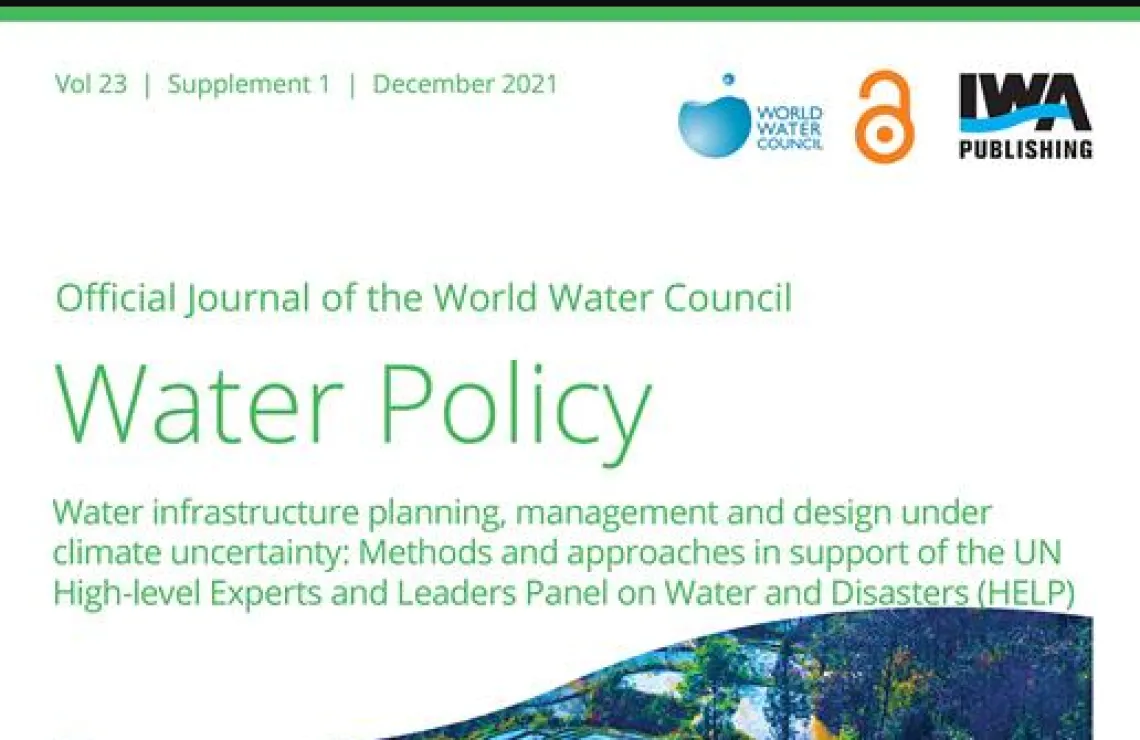Special journal issue on ‘Water infrastructure planning, management and design under climate uncertainty’ released

IWR special issue on design criteria
Water Policy Journal
A decade ago, the UN Secretary General’s Advisory Board’s (UNSGAB) High-Level Experts and Leaders Panel on Water and Disasters (HELP) asked the global technical secretariat of G-WADI, ICIWaRM, to "identify underlying analytical and data requirements to meet climate changes [and] support structural and non-structural measures for disaster risk deduction".
The idea was to examine and recommend new practical risk-based planning methods, analytical approaches, and criteria associated with engineering design standards and guidelines for water resources infrastructure planning and design to accommodate considerations of future climate uncertainties and other rapid societal, ecological, and economic changes. The arid and semi-arid regions that G-WADI focuses on generally have the greatest climatic and hydrologic variability, and thus these standard take on a special significance in these areas.

NASA
The result of this decade-long effort is a Special Issue in Water Policy Journal on “Water infrastructure planning, management and design under climate uncertainty”. Climate change and other profound societal changes, with their associated uncertainties, impinge on every aspect of water resources planning, management, design, and operations. Water resources and coastal protection infrastructure systems—based on appropriate planning procedures, engineering design standards, and codes—represent the basic components of ‘no regrets’, cost-effective adaptation to impacts of climate change. They also underlie the stability and sustainability of nearby communities.
The issues examined in the 15 papers of this special volume offer practical responses to the fundamental question: How does society make communities more ‘resilient’ and ‘robust’ in the face of large uncertainties associated with climate change, population increases, land-use change and regional population shifts–without spending excessive sums of time and money? Likewise, what should the new, ‘climate-resilient’ standards for new or retrofitted existing infrastructure design look like?
The journal is freely available at https://iwaponline.com/wp/issue/23/S1.
